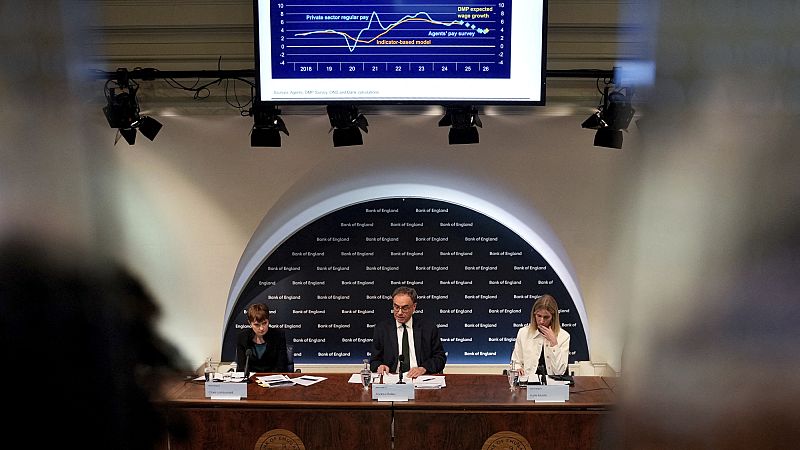Britain’s economic recovery suffered a setback in April, with gross domestic product (GDP) shrinking by 0.3% on a monthly basis, marking the steepest contraction since October 2023, according to data released by the Office for National Statistics (ONS) on Thursday.
The contraction, which exceeded market expectations of a 0.1% fall, has renewed concerns over the UK economy’s resilience and intensified pressure on both Downing Street and the Bank of England (BoE)’s policy stance.
The April downturn followed a modest 0.2% expansion in March and comes amid a broader backdrop of weakening labour market data and fading consumer momentum.
The services sector, which accounts for around 80% of UK economic output, was the primary drag in April, declining by 0.4%.
Within services, the professional, scientific and technical activities subsector posted a significant fall of 2.4%. This contraction was driven mainly by a 10.2% plunge in legal activities, attributed in part to the impact of changes to Stamp Duty Land Tax thresholds in England and Northern Ireland.
The tax change prompted homebuyers to bring forward purchases to March, resulting in a sharp drop in related services, such as conveyancing and estate agency work, in April.
Advertising and market research also contributed negatively to GDP, with output down 3.4%, while growth in scientific research and development (up 6.7%) provided a partial offset.
The wholesale and retail trade and repair of motor vehicles and motorcycles subsector also weighed on GDP, declining by 1.2% in April after a 0.9% expansion in March.
Related
Production output fell by 0.6% in April, with manufacturing production sliding 0.9% — adding to a 0.8% fall in the previous month.
Overall industrial production contracted by 0.6%, coming in weaker than the 0.5% decline expected by analysts.
Despite a rebound in construction output, which rose 0.9% month-on-month, it was not enough to counterbalance the broader economic dip.
The downturn in GDP comes on the heels of deteriorating labour market data released earlier this week.
The number of payrolled employees fell by 109,000 in May, the seventh consecutive monthly decline and the sharpest drop since May 2020. The total stood at 30.2 million, a 0.4% monthly fall.
The unemployment rate ticked up to 4.6% in the three months to April, in line with expectations, while wage growth softened.
Story Continues
